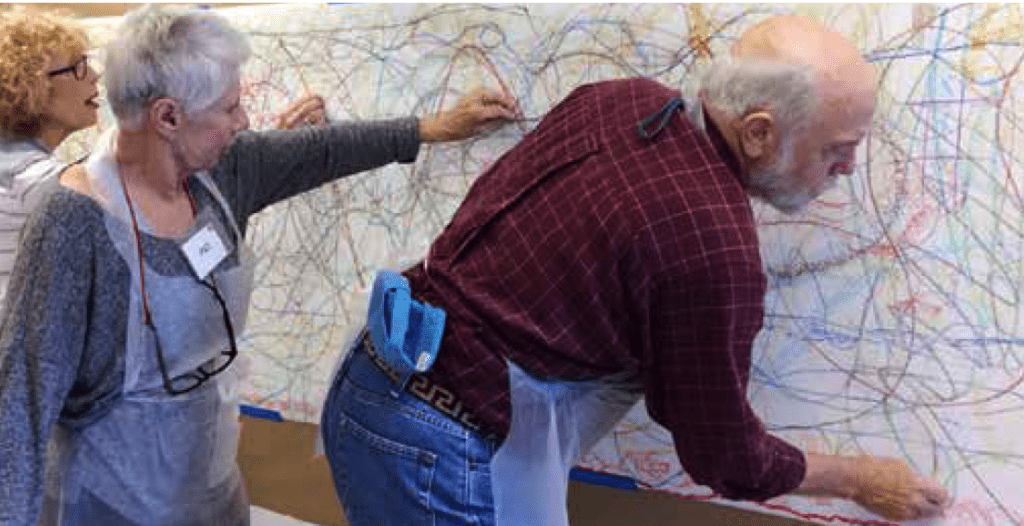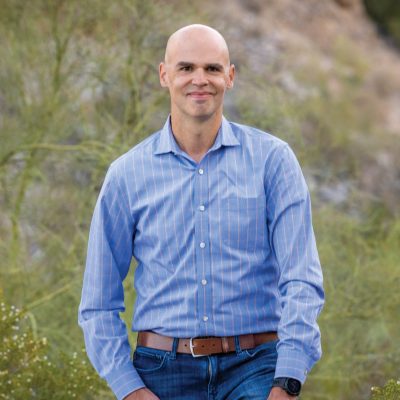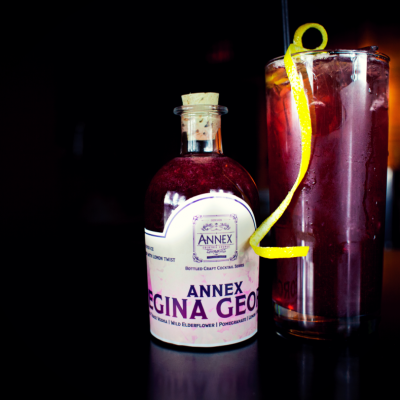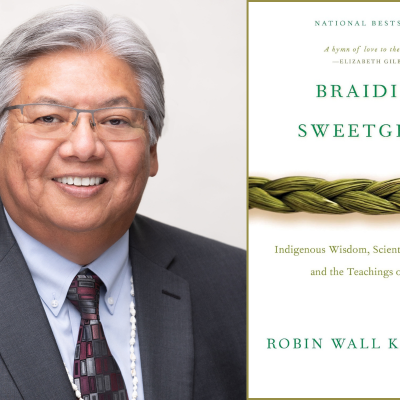Next Doors: Creating Art and Improving Lives

Creative aging programs help older adults engage and connect
Youth is wasted on the young.
It’s a quip with a variety of origin stories. Some have attributed it to George Bernard Shaw, some to Oscar Wilde. The gist of the saying, of course, is the notion that the best and most productive years of one’s life are wasted on those who aren’t experienced enough to appreciate and maximize them.
There’s a dark truth in the flipside to that saying. It implies that you’re not capable of enjoying the things you did in your youth once you’re older. It’s a bit of ageism, pure and simple. When you’re younger, there’s theoretically nothing you can’t do. When you’re older, there’s plenty you can’t do. And when you’re elderly, being told what you can or cannot do can seem unfair.
But the fact of the matter is this — the more opportunities we provide for older adults to exercise their minds and bodies, the healthier they are. And in Arizona, there’s a concerted and organized effort to make this happen through the performing and visual arts.
It’s called “creative aging,” and it’s a nationwide effort to advance the relationship between creative expression and healthy aging, regardless of where an individual is on the aging spectrum — fully healthy or near the end of life.
There’s tons of research on how older adults are happier and healthier when they are engaged in programs that boost their brainpower, physical activity and creativity. Aren’t we all? But later in life, it’s essential. It can lead to longer lives, fewer doctor’s visits, improved cognitive function and much more.
I could turn this into a dissertation on the subject, but I won’t. I’d rather tell you about my conversations with three professionals who are making creative aging happen in real life.
It’s important first to mention that Arizona has one of the most sophisticated approaches toward creative aging in the country, thanks in no small part to a collaboration between the Arizona Commission on the Arts and Virginia G. Piper Charitable Trust. They started an organized initiative in 2015 to provide and fund programs to advance creative aging in the state.
Melita Belgrave, an associate professor of music therapy in the School of Music, Dance and Theatre at Arizona State University, is a music therapist with a focus on aging.
“Creative aging is a way of engaging older adults across the spectrum from wellness to end of life in meaningful experiences,” she said. “Sometimes they have themes like lifelong learning; sometimes it’s about social expression — there are all sorts of different goals. The thing we three have in common is that we use the arts to do those experiences.”
With music as her primary tool, Belgrave works with groups of older people to help them create in ways they might not have done at any point in their lives.
“There are so many benefits for the older adults cognitively, physically and with the emotional and social interactions they get,” she said. “Especially through doing new art forms — your brain really likes new and novel things. And there’s an identity that comes along with doing an art practice, which is why so many older adults engage in programming. There’s nothing wrong with being an audience member at a concert, but they actually want to pick up an instrument and engage in ensembles.”
Tessa Windt, a visual artist working in creative aging, said the social interaction of the programs is vital to the well-being of participants — and in giving them a sense of confidence and control.
“You see participants building actual friendships and relationships with each other that extend outside the room, but you also see through the decision-making and the agency that may have been medically eroded over their lives as older people,” she said. “Being in a creative space where they have a lot of agency that they build with other people, they can go into other settings with more confidence.”
Windt told the story of a couple that attended a program she taught at the Phoenix Art Museum. The couple had been together for decades, but the husband was further along in his aging than the wife. During one session, the wife pulled Windt aside and said, “One of the hardest things about this was that my husband was the leader in the marriage, and I have to do that now.”
With the couple’s daughter visiting that day, they went to a drawing station during a class. The husband came up to his wife, put his hands over hers, and they started drawing together. Tears flowed down, well, everyone’s faces.
“It was so beautiful to see that he could be a leader in that creative practice, and she could rest into him a little bit,” Windt said.
Angelina Ramirez is a teaching artist who teaches flamenco for older adults. She said the engagement process is real and fundamental to its success.
“We could give them crayons or put on music and tell them to move, but this is an actual process, and we get to go through that journey with them at so many levels,” she said. Emotional, physical — they’re working their brain, they’re working their body, they’re working their movement.”
Ramirez said it’s a reminder that no matter how old you are, there’s a place for joy. In fact, youth isn’t wasted on the young.
“You can do anything for the first time, no matter how old you are,” she said.






